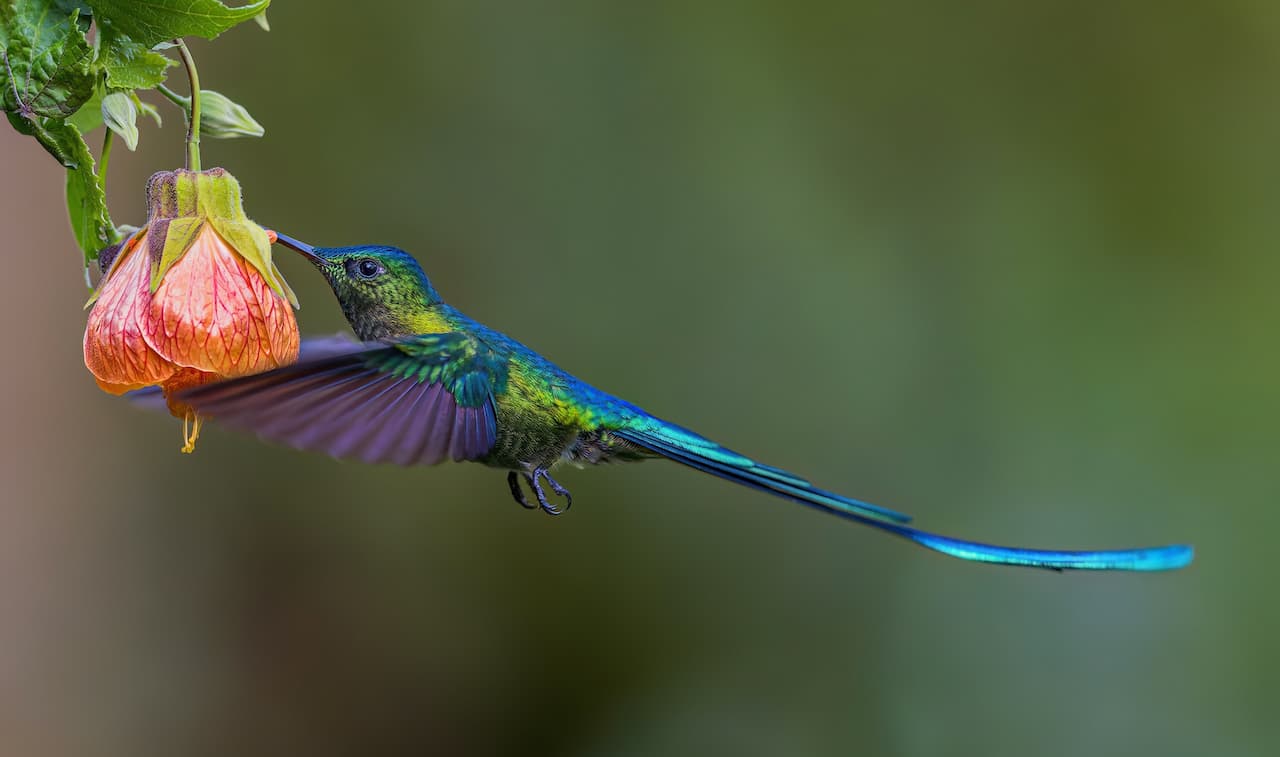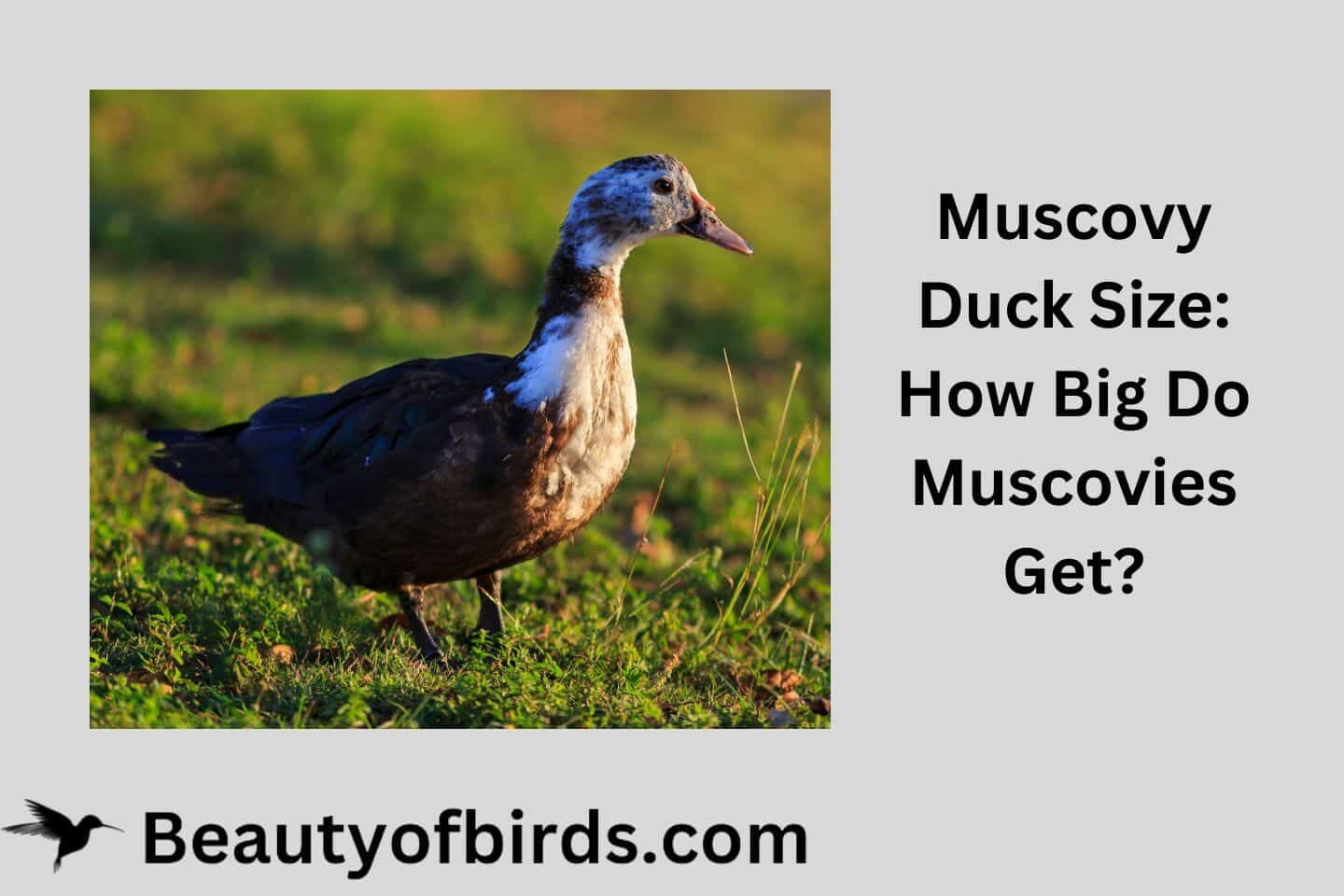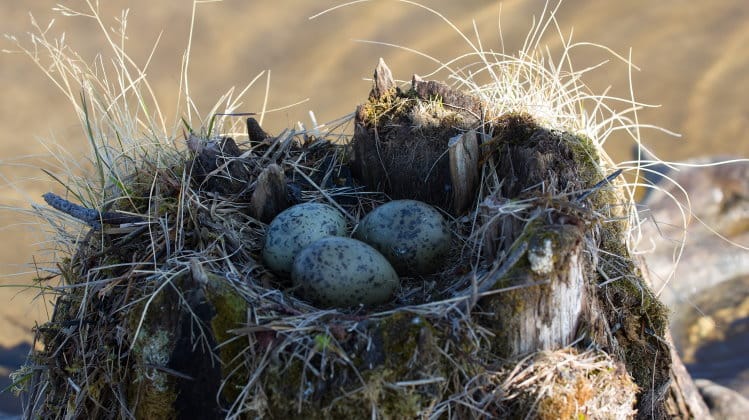Struthioniformes: All About Emus, Rheas & Cassowaries
Struthioniformes: All About Emus, Rheas & Cassowaries
The Struthioniformes is a small order with some very remarkable birds in it.
It includes 5 families all of which were, until recently, given ordinal status in their own right. However, modern DNA information and cladistic analyses have brought them all together in one order.
These five families are called Ratites and are all flightless birds without a keeled breastbone. They are all primarily herbivorous to omnivorous.
Other things that all members of the order have in common are nesting on the ground and incubation of the eggs mostly or entirely by the male.
Order Struthioniformes
| Family | Common Name | No. Genera | No. Species | Species Distribution |
|---|---|---|---|---|
| Struthionidae | Ostrich | 1 | 1 | Africa |
| Rheidae | Rheas | 2 | 2 | S. America |
| Casuariidae | Cassowaries | 1 | 3 | Australasia |
| Dromiceiidae | Emus | 1 | 1 | Australia |
| Apterygidae | Kiwis | 1 | 3 | New Zealand |
Ostrich (Struthionidae)
There is only one species of Ostrich, Struthio camelus.
It is a remarkable bird, holding several world records.
It is the largest bird in the world being both the heaviest and tallest. Males are larger than females, weighing in at more than 135 kg (300 lbs), as much as 345 lbs in some cases and standing over 2.6m (8ft). Some specimens have been as tall as 2.75 m (9 ft).

Ostriches also lay the largest eggs in the world – up to 17.8 cm (7 in) x 14 cm (5.5 in), weighing about 1.65 kg (3.63 lbs) on average.
The third world record held by Ostriches is the land speed record for a bird.
Ostriches use running to escape danger, so it is good for them to be able to run quickly. They have been timed running at 72 kph (45 mph) non-stop for 15-20 minutes, during which time they travelled over 15 miles and left any predators well behind.
Ostriches are distinguished from other ratites by having only 2 toes, instead of 3, remaining on their feet. This is an adaptation to running, similar to the reduction in toes seen in horses and gazelles.
Males in full black/white and pink are quite colourful. They have bare thighs as a cooling device. Though their head and necks look bare also, they actually have a thin covering of down-like hairs.
Ostriches have long black eyelashes, which cartoonists exaggerate in order to make them look cuter!
Ostriches originally had a far larger wild distribution than they currently have, extending from SW Asia through Arabia to all of Africa. The Arabian subspecies, S. c. syriacus, has been extinct since about 1940.
Wild Ostriches occur truly only in some wildlife parks in Central and Southern Africa. Though many Ostriches now live in farms all around the world, even in the UK and some farmed individuals released in South Australia, continue to exist there as a feral population.
A combination of better hunting techniques, i.e. cars and guns, and a fashion-driven market for the tail feathers of the male, are the principal causes for the reduction in natural habitat. Farming now produces Ostriches not only for their feathers but also for the eggs, meat and hides as high-quality leather.
Ostriches are omnivorous feeding mainly on seeds and other plant material but taking insects and other animals when they are available. They are nomadic, wandering wherever food is available. They need to take in water regularly despite rumours that they can live without drinking.
Ostriches are polygamous, with males forming a harem of several females.
He constructs a nest which is little more than a shallow pit in the sand. Into this all the females he has mated lay their eggs, resulting in a collection of between 15 and 60 eggs – as each female lays 6-14 eggs. These eggs are incubated by the dominant female during the day, and the male at night.
The dominant female may have help from other females.
The eggs hatch in about 40 days and the brown and cream striped young are ‘precocial’, meaning that they are ready to leave the nest and feed within hours of hatching. Both sexes help to look after the young.
Mating may occur at any time and a male may mate more than once with any given female. Egg laying normally occurs during the afternoon.
Ostriches have a courtship which involves the male sitting on his hacks, waving his wings around and throwing his head from side to side. During this time he makes a deep thumping sound or inflates his neck and emits a loud booming noise.
A receptive female walks with her head down, making a clucking noise and shaking her wings. The male will then approach her and she will sit down to allow him to mate with her. As with most birds, mating does not take long.
Young Ostriches take several years to reach sexual maturity and females are usually ready to start mating in their third year, though males may be 4 or 5 years old before they are sexually active.
During the breeding season, male Ostriches – which are black with white wing tips and tail end – develop a bright-coloured skin on their necks and thighs. The skin is red in East Africa and blue in the South – and males in this condition are often referred to as rednecks or bluenecks, respectively.
Ostriches have been around for a long time and most experts think that they first evolved about 120 million years ago.
Rheas (Rheidae)

Rheas are the South American version of the Ostrich and on the Pampas they fulfil a similar ecological niche, feeding mainly on vegetation, but taking insects and small vertebrates when possible.
There are two species of Rhea. The Greater or Common Rhea, Rhea americana, is the larger of the two and stands about 1.6 m (5 ft) high and weighs about 25 kg (55 lbs).
Pterocnemia pennata, or Darwin’s Rhea, is slightly smaller and lives not only on part of the Pampas but also high up in the Andes (up to 5,000 m or 16,000 ft).
Both species tend to live in medium-sized flocks of 5-50 individuals.
Rheas, like Ostriches, are adapted for running as a means of escaping predation and they run very quickly. Their wings are proportionally larger than those of other ratites and they use them to help them gain speed and stability for quick sharp turns.
Rheas travel freely for most of the season, but males become territorial in the breeding season.
This begins with them evicting the other males from the flock. Younger male Rhea leaves first, then the older males fight using their heads and necks until a dominant male emerges. He chooses a territory near some water and scrub and makes a nest there.
After mating, the females start laying and as soon as some eggs are laid the, male starts incubating them and becomes very broody and protective. To such an extent that females wishing to lay more eggs cannot get to the nest and must lay them nearby. Many Rhea eggs are lost this way.
Once he is firmly in place, the flock goes off and the females mate with and lay eggs for another male.
The eggs take 30-40 days to hatch and again, like other Struthioniformes, the young are precocial and ready to leave the nest within hours.
Rheas have never suffered the commercial interests the Ostriches have and though farming has intruded into their habitat, both populations are still healthy.
Cassowaries (Casuariidae)
Cassowaries are the most colourful of the ratites.
Their black bodies, blue heads and red wattles make them easy to identify. There are three species, all of which are found in Papua New Guinea.
The largest, the Double-wattled Casuarius casuarius cassowary is perhaps the best known, as it also lives in northeastern Australia and several islands around PNG. It is a species of rainforest.
The slightly smaller Single-wattled Cassowary Casuarius uppendiculatus lives mostly in river valleys and swamps, only in PNG and nearby islands. The Dwarf Cassowary Casuarius bennetti also from PNG and adjacent islands is a specialist of montane forests and is rarely seen below 1000 m (3,500 ft).
Little is known about the ecology of Cassowaries – and most of that applies only to the two larger species.
Double-wattled Cassowaries can stand 1.5 m (5 ft) tall and weigh over 55 kg (100 lbs). Cassowaries are good runners, despite being forest dwellers not plains dwellers like their close relatives.
They all carry a growth on their foreheads called a casque, which is believed to help them push through the underbrush. Cassowaries’ feathers have lost much of their complexity and have become just long quills, more like thick hair than feathers.
This thick coat helps to protect them against the dense underbrush, which they run through at speeds of up to 45 kph (30 mph). Cassowaries do not always run away, they have sharp claws and can defend themselves by kicking violently.
Several people have been killed by them in this way.
Unlike Emus, Ostriches and Rheas, Cassowaries are territorial all year round and live in pairs. Territories range in size from 1-5 km square (1/3 – 2 miles square) and the pair wander around within their territory during the year, feeding on various fruits and other vegetation as it comes into season.
The 3-6 large green eggs are laid in a forest between May and September.
The male Cassowary does all the incubation (about 50-60 days) and the precocial young are striped when first born but soon take on a more dappled appearance.
Cassowaries, like Emus and Rheas, have 3 toes on their feet.
Emus (Dromiceiidae)

Emus Dromaius novaehollandiae is the second largest of the world’s birds being 1.5-1.8 m (5-6 ft) tall, with adult females weighing 41 kg (90 lbs). Males are slightly smaller.
Emu feathers have an aftershaft as large as the main shaft, effectively creating a two-veined feather. Also, the barbs are too loose and far apart to zip up. This means that, like the cassowary, the Emu’s feathers act more like hair.
Emus are a uniform brownish colour, except for the head which has black hairs and blue skin beneath – which is often visible as the hairs become patchy.
Now only one species of Emu exists…
But when Europeans first arrived in Australia, one if not three other species existed in Tasmania and on islands along southern Australia. These species and or subspecies are all now extinct.
Emus are nomadic, wandering wherever their search for food takes them They are more common towards southern Australia, though they do occur as far north as Darwin. The only place they definitely do not occur is in the northern tropical rainforests, where they are replaced by the Cassowary.
Emus usually breed in the southern winter (May to August).
Normally breeding occurs as a single pair. The male Emu begins to incubate the eggs after 5-9 have been laid in the nest, which is a low platform of leaves and twigs. The male does all the incubating which lasts about 8 weeks, during which time he seldom leaves the nest and doesn’t drink at all.
The young Emu – like the young of all Ratites – are ‘precocial’ and leave the nest in 2-3 days to start looking for food. They are prettily striped at first but become more dappled as they get older.
Kiwi Birds (Apterygidae)
Kiwi birds are the last group of Struthioniformes.
They are easily distinguished because they are far smaller than their relatives and because they have their nostrils at the tip of their bills, not near the base. They are only found in New Zealand.
Kiwis are only the size of a common chicken. They live in dense native coniferous forests and are nocturnal, feeding on worms and other invertebrates for which they probe into the soft forest floor with their long sensitive bills.
There are three species; Apteryx australis – the Brown Kiwi which is the largest, A. hoastii – the Great Spotted Kiwi, and the Little Spotted Kiwi – A. awenii, which is the smallest. There are several subspecies of the Brown Kiwi on various islands.
The males have a call with a long ascending phrase and a short descending phrase – which gives rise to the name Kiwi.
Kiwi birds are unique in that the females have two functional ovaries. In all other species of bird, females only have one working ovary.
They also hold the record for laying the largest egg in relationship to body size. Each of the 1-3 eggs the female lays weighs about 25% of her total weight.
Kiwis breed during the southern winter, during which time they form pair bonds. The male excavates a burrow or digs a hole under a tree and the female lays her eggs at the end of this. The male does all the incubation which, because of the size of the eggs, takes 78-82 days.
The young are not fed for the first few days of their lives because – though they are precocial – there is so much yolk in the eggs, that they are born with plenty of food reserves.
Kiwis are slow-growing birds, taking up to 5 years to reach maturity.
The Kiwi bird was called ‘Te manu huna a Tane’ by the Maoris, meaning ‘Hidden bird of Tane’ – Tane being the god of the forest.
Final Thoughts
Well, I hope this has been a nice introduction to the order of Struthioniformes. Those emus, rheas and cassowaries are some truly wonderful birds!
Perhaps now you’d like to learn about Guinea Fowl.





